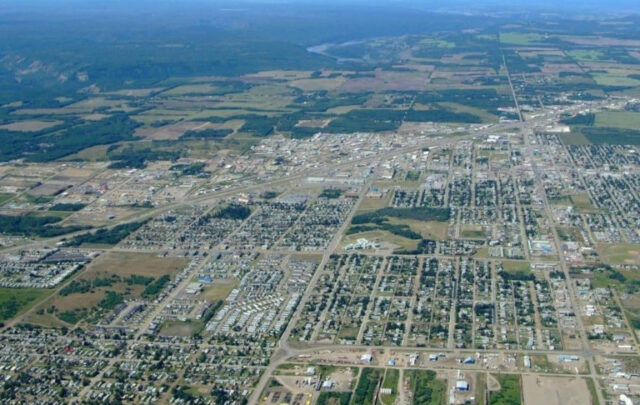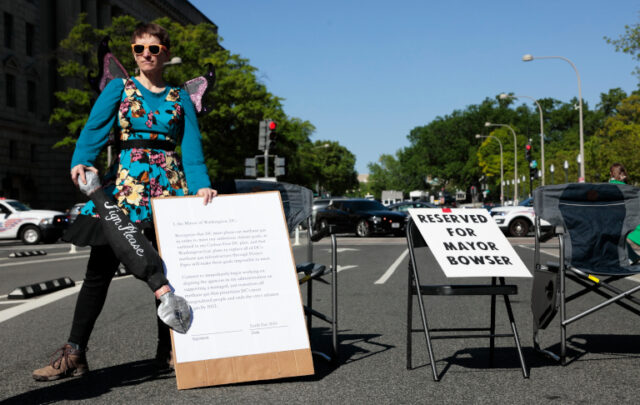Demonstrating their serious concern about climate change, Americans have largely embraced the conservation ethic as a means of reducing their personal “carbon footprint” or greenhouse-gas pollution. It is not enough, however, just to conserve scarce resources such as electricity. When the electricity is used is equally important as how much is used, in order to avoid blackouts and minimize the need to bring more power plants on line.
These concerns were very evident in recent weeks when a heat wave sent power demand soaring in much of the eastern United States. For example, in the 13-state region that stretches from New Jersey to Illinois and is home to 51 million people, the demand for power hit 140,000 megawatts on Aug. 8. The grid operator that serves the region, PJM, brought demand and supply into balance by using the ability of customers to stop buying electricity when the power market was overwhelmed by demand for power. “Demand response,” as it is called, provides customers financial incentives to buy less during the 100 most expensive hours of the year. Electricity, which cannot be stored but must be used instantly on demand, costs substantially more at such times. For example, if the average price of electricity is 10 cents per kilowatt-hour consumed during such peak periods, customers may get 65 cents for every kilowatt-hour that they don’t consume.
In the PJM region, the demand response was enough to eliminate the need to run 25 peak use-generation plants, yet that was just a little more than 1 percent of peak demand. Studies show that the full potential of demand response may be 15 times higher. How do we achieve this?
We will have to overcome three barriers. The first is the lack of smart digital meters. Unlike traditional meters, which require a person to read them manually every month and that can only measure consumption during the month, the “smart” meters can measure the consumption of electricity in small time intervals and can communicate that information to the power grid. While several thousand large commercial and industrial customers are equipped with such meters, a very small fraction of residential meters have gone digital.
The second barrier is the lack of pricing that would provide customers with financial incentives to use less electricity at peak use hours. In this regard, as in many others, California leads the way. Having studied the factors that caused the Western power crisis six years ago, the state has made a commitment to deploy smart meters to all its customers. This will take time, of course, because the goal is to install more than 10 million electric meters and because some cost-benefit analysis still needs to be carried out. However, California proves the first barrier can be overcome.
As for the second barrier, California is working on ways to introduce pricing of electricity that would raise prices during expensive hours and lower them during other hours. Current rate-setting practices may need to change before this can come about. This is the subject of regulatory proceedings before the California Public Utilities Commission.
However, it will not be sufficient to just offer variable prices to customers. A third barrier stands in the way, which requires transforming the way in which people consume electricity.
Results from a carefully designed pilot program in California provide encouraging evidence that customers can master the techniques necessary to benefit from smart pricing. Between 2003 and 2005, the three largest utilities observed the behavior of 2,500 residential and small business customers and found that, on average, customers dropped their electric load by 13 percent during critical peak periods when they were faced with higher prices. Most important, 77 percent of the customers saved money.
Building on these and similar results from a few other pilot projects, the federal government is encouraging electric grid operators throughout the country to make full use of demand response. But electricity prices are set by state commissions. Unless they approve the investment in smart meters, much of the country’s electricity consumption will not get to see the prices that allow consumers to realize full benefits of reducing their electricity use during peak hours. Other Western states need to emulate California’s example and initiate regulatory proceedings to assess the benefits of these new smart meters for all their customers, not just the large ones.
Jon Wellinghoff is a commissioner with the Federal Energy Regulatory Commission and Faruqui is a principal with The Brattle Group in San Francisco.





